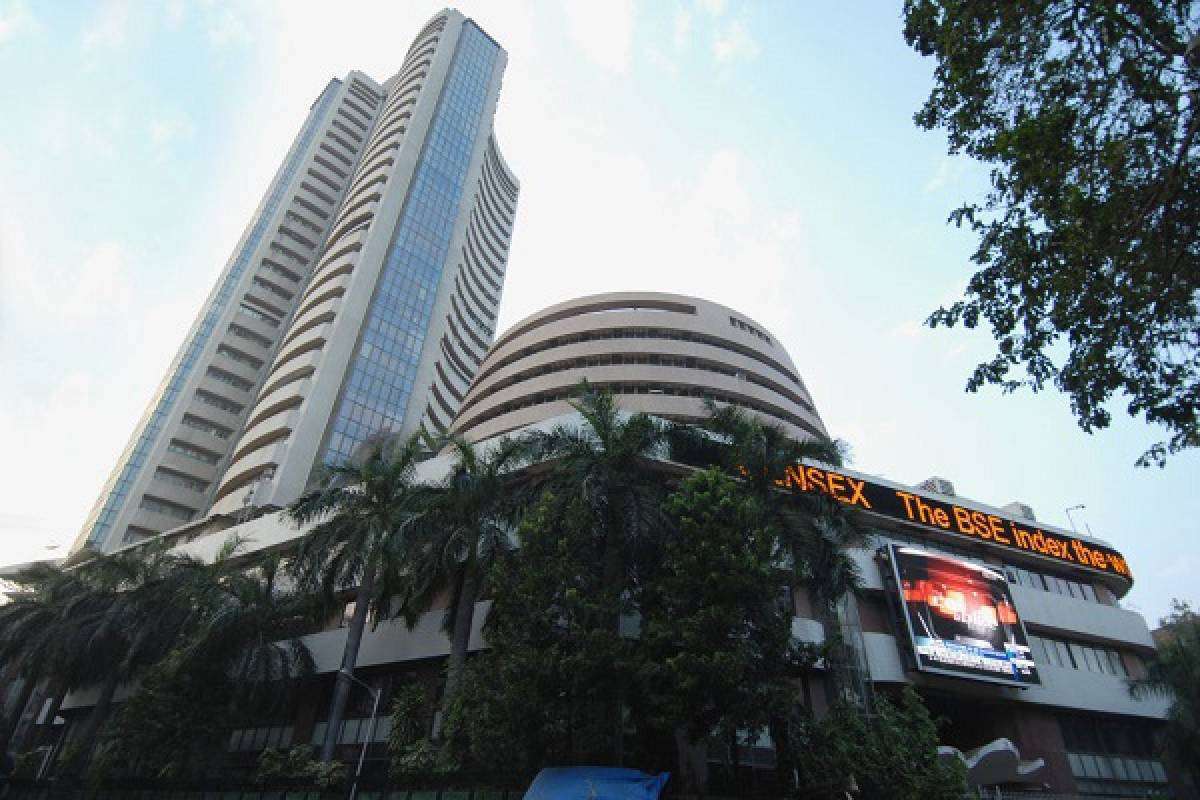
Despite efforts to stop the spread of the drops, the selloff in Adani Group shares is already in its third week. This has sparked a rush of wagers in the options markets that may provide traders with information about how long the declines will last.
This week saw declines in six of the group’s ten equities, bringing the total amount of losses since US short-seller Hindenburg Research alleged fraud against the conglomerate on January 24 to nearly $117 billion. To allay investor concerns, growth king Gautam Adani and his family reimbursed $1.11 billion in borrowings, which are secured in the form of shares, the business stated in a statement this week.
The next four charts show how the options market is set up and provide some price levels that may help investors understand the situation for the shares of the Adani group.
Option Walls.
The shares of market leader Adani Enterprises Ltd. have fallen by approximately 50% after Hindenburg issued its short-selling report on January 24. This is the group’s four stocks with underlying derivatives that have seen the sharpest decrease. However, they have recovered from their intraday low, which was at 1,017 rupees, established last week.
According to data gathered from multiple sources, the low from last week is important since it is located between 1,000 and 1,100, which is the place with the biggest concentration of put options expiring in February. Selling pressure can become more intense if the stock drops below that level.
The data collated by several sources show that the top of the current trading ranges between 2,500 and 3,000 where there is a decent cluster of call options, indicating investors are fastening their belts to purchase around those levels if the stock climbs beyond the strikes. The puts and calls expire on February 23, setting up a battle for the next two weeks.

Put-Call Ratio.
During last week’s crash, the open interest ratio of put-to-call options on Adani Enterprises fell to a six-month low, momentarily falling to approximately dual standard deviations below the 24-month average. According to statistics, using regression analysis, the shares have historically reversed whenever the ratio has crossed that threshold.
More calls than puts are being generated, which indicates that institutions selling calls are sure the stock will either move sideways or continue to fall, which has caused the put-call ratio for the group’s main company to plummet. However, history shows that the opposite occurs when the market grows overconfident in preferring one side.
Aggregated Positioning.
During last week’s crash, the open interest ratio of put-to-call options on Adani Enterprises fell to a six-month low, momentarily falling to approximately dual standard deviations below the 24-month average. According to statistics, using regression analysis, the shares have historically reversed whenever the ratio has crossed that threshold.
More calls than puts are being generated, which indicates that institutions selling calls are sure the stock will either move sideways or continue to fall, which has caused the put-call ratio for the group’s main company to plummet. However, history shows that the opposite occurs when the market grows overconfident in preferring one side.

Technical Position.
Since it comprises multiple support levels, the low established by Adani Enterprises last week is also notable from a technical standpoint. The 78.6% Fibonacci retracement level of the stock’s 3,500% rise from early 2020 to December’s record high, as well as the volume-weighted average price since the pandemic bottom, are located in the vicinity of the low.
The so-called “polarity levels” from 2021 and 2022, which are between 1,720 and 1,920, are anticipated to act as barriers for shares on the upswing. Failure to do so might give bears more confidence if the price drops below the 988 Fibonacci support level. If that happens, the shares might fall more than 60% below last week’s level, to support around the 88.6% Fibonacci retracement line at about 580.
Now you know how the data works, let’s dive down the lane to know the basic of these parameters.
What is Option Wall?
A significant delta-adjusted open interest on a particular strike is referred to as an option wall. It is merely that strike’s open interest times its delta. It is crucial because it provides us with the necessary share count for market makers to maintain delta neutrality. Market makers generally profit from exchange rebates or trading in arbitrage situations. As a result, the majority try to stay hedged or flat and avoid having a directional bias in the market.

A Put-Call Ratio: What Is It?
Investors use the put-call ratio as the metric to determine the overall atmosphere of a market. A right to sell an asset at a fixed price is called a “put” or put option. The right to purchase an asset at a fixed price is called a “call” or call option. A spike in the negative attitude is seen if traders are purchasing more puts than calls. If they are purchasing more calls than puts, then it indicates that investors anticipate a bull market.
The final words.
It’s crucial to keep in mind that equities require time to consolidate to burn off the bad mood before the next bull market begins when they are struck by a crisis following extremely high valuations. The nature of the above tactical action will indicate how much damage has been done to the longer-time frame charts.
edited and proofread by nikita sharma




